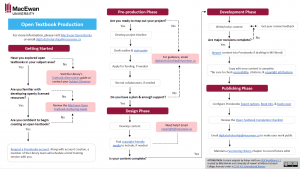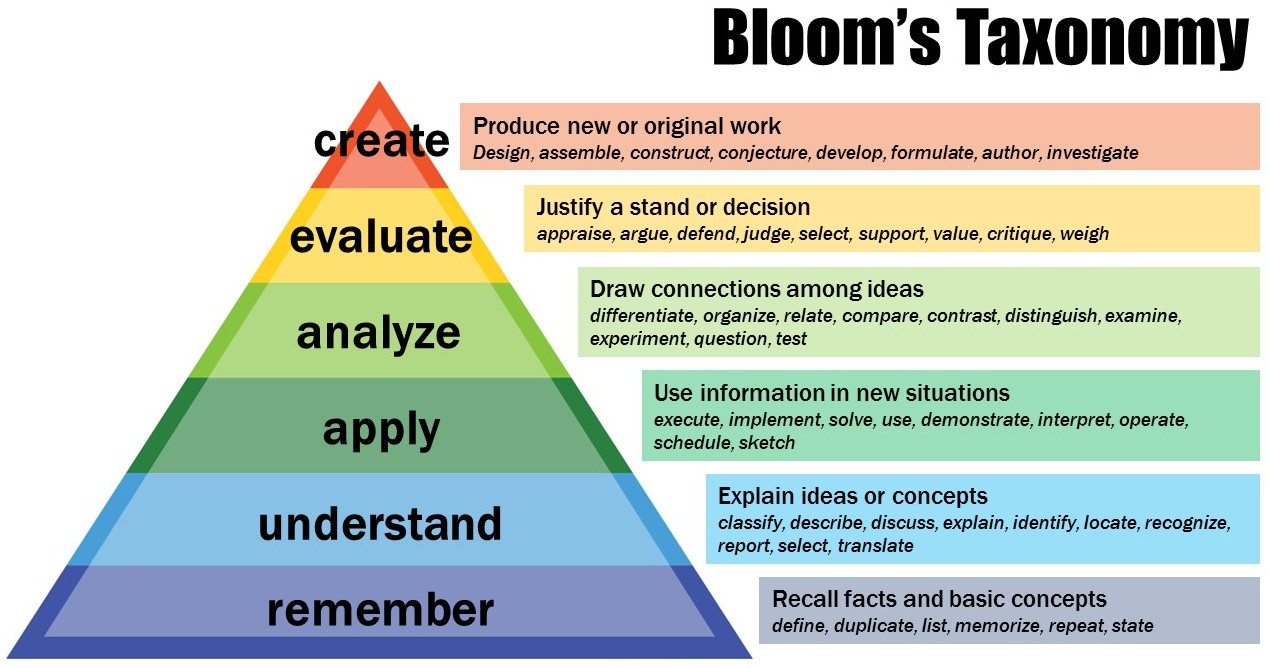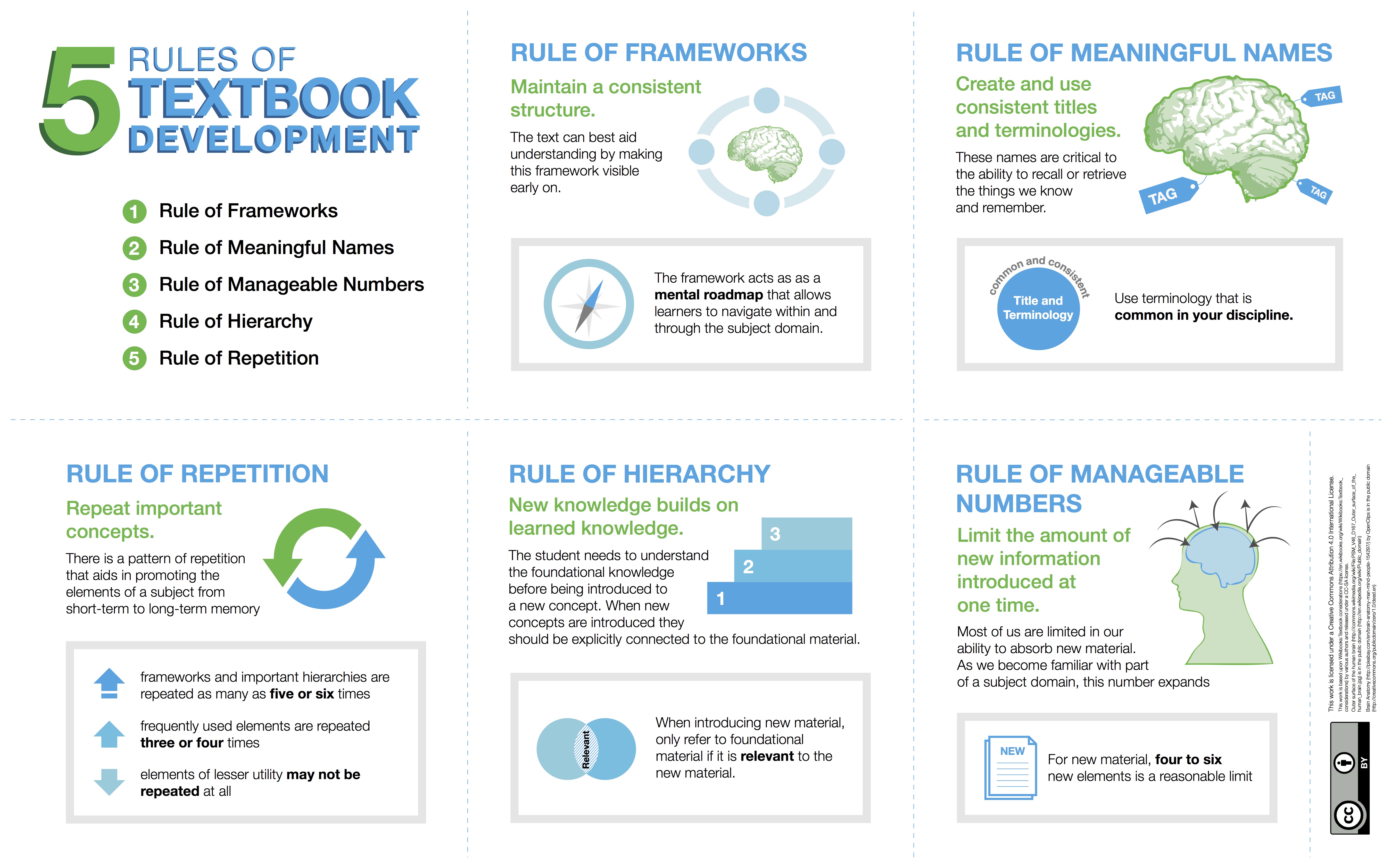Creating an Open Textbook
As a MacEwan instructor, perhaps you have reviewed existing open textbooks and not been able to find one that meets your needs. If you are committed to using open textbooks in your teaching, the next step could be to create your own.
Getting Started
Once you have decided to create your own open textbook, review the MacEwan Open Books Terms of Use and fill out a Request Form to request an account, or contact digitalscholarship@macewan.ca to discuss whether MacEwan University Library’s Pressbooks platform is the best fit for your project.
Upon receiving a request for a MacEwan Open Books account, the librarian overseeing the service will be in touch to set up a session with you and any collaborators to discuss your project in more detail and provide an introduction to Pressbooks functionality and features (see: Pressbooks Training Checklist).
Planning Your Open Textbook
How can you ensure that your textbook is of the greatest utility to students and other instructors? The way you select and organize your content will determine how useful the book will be as an instructional tool.
You may want to develop a workflow for how you will approach the project. A typical writing workflow could be something like this:
Conceptualize → Outline → Write → Review → Edit → Publish
Here is a detailed workflow of typical open textbook production in MacEwan Open Books:

Setting Learning Objectives
Before beginning to write, think about planning your book chapters in terms of desired learning objectives. By the end of the chapter, what should students be able to do? Setting learning objectives will help you determine the level of the material, the content you include, and the design of any assessments that might be included at the end of each chapter or section.
Learning objectives for your textbook can be written using Bloom’s Taxonomy of Educational Objectives (1956) as shown in Figure 2.1. The taxonomy has six levels, moving from the least complex type of learning, “Remember,” to the most complex, “Create.” An effective learning objective will use an appropriate action verb to define the level of learning. For example, “By the end of this section, learners will be able to organize their textbook content according to Bloom’s Taxonomy of educational objectives.” By using the verb “organize,” the level of learning is set at the “Analyze” level of Bloom’s Taxonomy.

Using Bloom’s Taxonomy to write learning objectives for each chapter can help you keep the level of your textbook consistent (for instance, an introductory textbook aimed at first or second year students may never move past the “apply” level) or help you structure your chapters so that they build on each other, moving from a low level to a high level of learning.
Selecting and Organizing Your Content
Most textbooks follow a specific framework and consistent pattern. One way to think about designing each chapter is with Robert Gagné’s “Nine Events of Instruction,” as described in Gagné et al.’s Principles of Instructional Design (2005). The “Nine Events of Instruction” are as follows:
- Gain attention
- Inform the learner of the objectives
- Stimulate the recall of prior learning
- Present the content
- Provide guidance
- Elicit performance (practice)
- Provide feedback
- Assess performance
- Enhance retention and transfer of learning
Similarly, in his Textbook Writing Tutorial, Schneider (2008) breaks typical textbook chapter elements into four categories – openers, integrated pedagogical devices, interior features, and closers.
Typical elements for each of these categories are as follows:
Opener Elements
Gain the learner’s attention, inform the learner of the objectives, and stimulate the recall of prior learning.
- Overviews (or Previews)
- Introductions
- Outlines (can be in text form, bullets or graphics)
- Focus questions (knowledge and comprehension questions)
- Learning goals / objectives / outcomes / competences / skills
- A case problem or relevant real-world example
- In addition, one may use “special features” inside chapters, e.g. vignettes, photos, quotations, …
Integrated Pedagogical Devices
Help present the content and provide guidance.
- Emphasis (bold face) of words
- Marginalia that summarize paragraphs
- Lists that highlight main points
- Summary tables and graphics
- Cross-references that link backwards (or sometimes forwards) to important concepts
- Markers to identify embedded subjects (e.g. an “external” term used and that needs explanation)
- Study and review questions
- Pedagogical illustrations (concepts rendered graphically)
- Tips (to insure that the learner doesn’t get caught in misconceptions or procedural errors)
- Reminders (ensuring that something that was previously introduced is remembered)
Interior Features
Provide additional help with understanding content.
- Case studies
- Profiles
- Problem descriptions
- Debates and reflections
- Primary sources and data
- Models
Closers
Elicit performance, provide feedback, allow for self-assessment, and enhance retention and transfer of learning.
- Conclusions and summaries (may include diagrams)
- List of definitions
- Reference boxes
- Review questions
- Self-assessment (usually simple quizzes)
- Small exercises
- Substantial exercises and problem cases
- Fill-in tables (e.g. for “learning-in-action” books) to prepare for a real world task
- Ideas for projects (academic or real world)
- Bibliographies or annotated links
Pressbooks provides a set of pre-made box features that you can use to structure your chapters:
- Learning Objectives
- Key Takeaways (can be re-labelled as Key Terms)
- Exercises (or related items such as Answers, Questions)
Learn how to use these features in the Layout section of the Style Guide chapter.
Using Chapter Prototypes
Traditional textbook publishers often plan out how a textbook will work by developing a chapter prototype. Chapter prototypes can help you plan and embed instructional and assessment strategies, determine an ideal typical chapter length, and work out other design features. You will have the opportunity to think through, for instance, how you will set apart case studies, or if you want assessment questions at the end of each chapter.
By creating a full fledged sample chapter you can work out a road map for how you complete the rest of the book, which can be very useful if you have multiple authors working on the project. It also gives you something to show others to promote your project, even when the rest of the textbook is still in progress.
The following rules for textbook development provides a simple set of rules that can help you review your chapter prototype:

References
Bates, T. (2015). Writing an online, open textbook: Is it worth it? https://www.tonybates.ca/2015/06/10/writing-an-online-open-textbook-is-it-worth-it
Bloom, B. S. (1956). Taxonomy of educational objectives: The classification of educational goals. David McKay.
Gagné, R.M., Wager, W. W., Golas, C. G., & Keller, J. M. (2005). Principles of instructional design (5th Ed.). Cengage Learning
Schneider, D.K. (2008). Textbook writing tutorial. http://edutechwiki.unige.ch/en/Textbook_writing_tutorial

